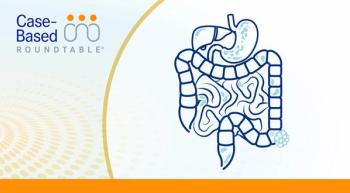
Efficacy, Safety of Darolutamide and ADT in Black Men With mHSPC: ARANOTE Trial
Quoc-Dien Trinh, MD, MBA, discusses a sub-analysis of the phase 3 ARANOTE trial, focusing on Black patients with metastatic hormone-sensitive prostate cancer.
Quoc-Dien Trinh, MD, MBA, Chair of the Department of Urology, University of Pittsburgh School of Medicine, and Chair of Urology, UPMC, discusses a sub-analysis of the phase 3 ARANOTE trial (NCT04736199), focusing on Black patients with metastatic hormone-sensitive prostate cancer (mHSPC).
The original ARANOTE trial randomized 669 men to receive androgen-deprivation therapy (ADT) plus darolutamide (Nubeqa) or ADT plus placebo. The primary end point was radiographic progression-free survival (rPFS).
In the overall trial population, ADT plus darolutamide significantly improved rPFS, with a hazard ratio of 0.54 compared with ADT alone. Similar benefits were observed for time to metastatic castrate-resistant prostate cancer (mCRPC). The safety profiles were also comparable between the 2 groups.
The sub-analysis included approximately 10% of the ARANOTE participants who self-identified as Black. The findings indicated that Black patients experienced similar efficacy with ADT plus darolutamide compared with the overall population. The hazard ratio for rPFS in Black patients was 0.51 (95% CI, 0.21-1.23). Time to mCRPC also showed comparable results. Notably, nearly 60% of Black men in the darolutamide arm achieved PSA suppression to less than 0.2 ng/mL, a threefold increase compared with less than 20% in the ADT-alone arm.
Regarding safety in Black patients, the overall incidence of severe adverse events was similar to the general study population. There was a potential signal for a higher incidence of hypertension in Black men, which might reflect baseline differences. Importantly, there were no significant differences in treatment discontinuation rates between the arms in the Black patient subgroup, highlighting the tolerability of the treatment.
Trinh concluded that ADT plus darolutamide appears to be efficacious and safe for Black patients with mHSPC.
“There was no significant differences in terms of discontinuation of treatment, which really highlights the safety of this treatment approach,” adds Trinh.








































